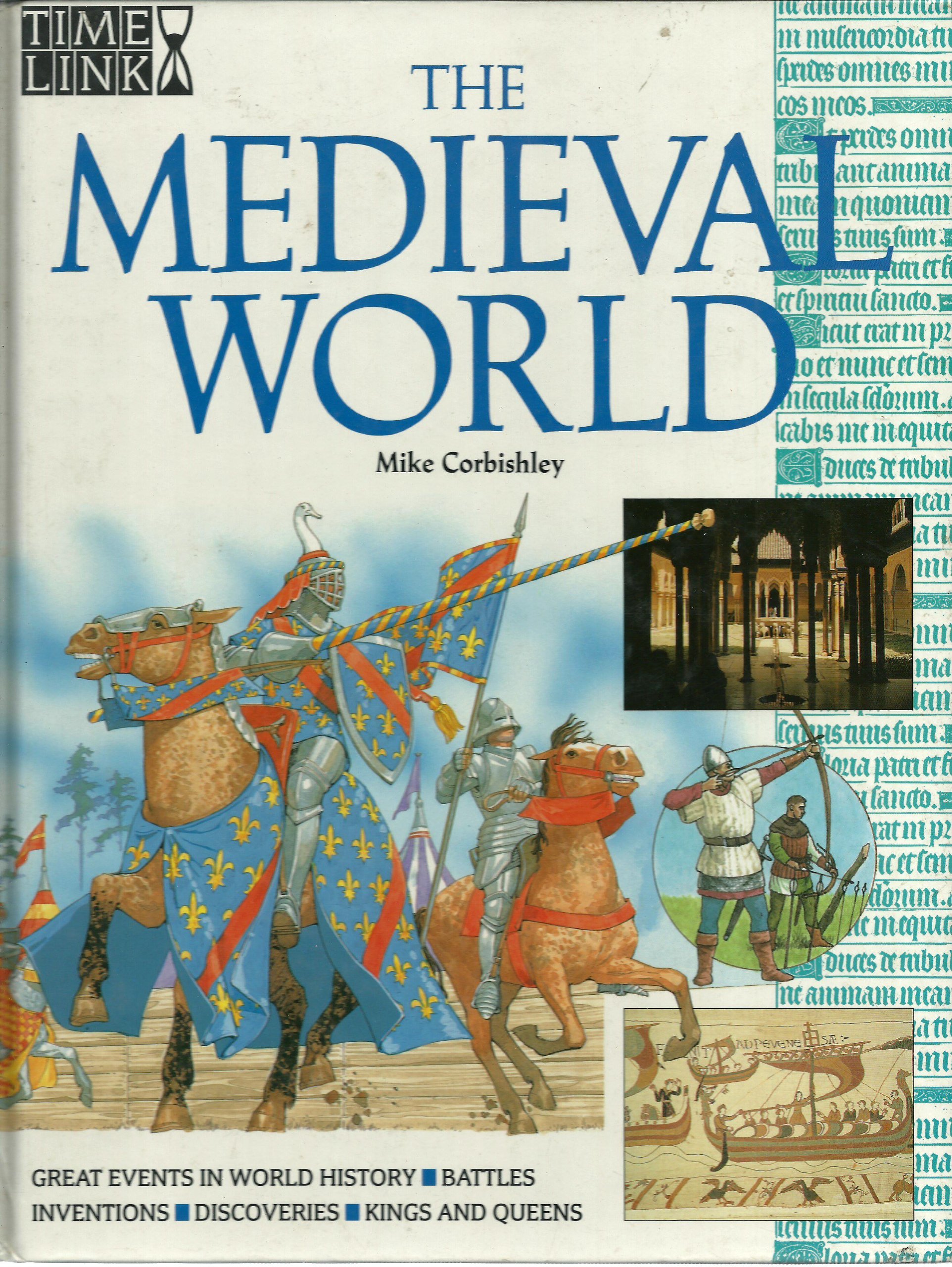

 |

|

The average rating for The medieval world based on 2 reviews is 4 stars.
Review # 1 was written on 2011-12-13 00:00:00 Angela Ambrus Angela AmbrusI have just finished this marvelous frolic through the philosophy of science and evolutionary biology. In the first essay he wonders why no one ever attacks Dalton (the scholar who formulated atomic theory) or Einstein's E=MC, the way they do evolution. The problem is they aren't fair game. There is no money nor fame to be earned by attacking scientists whose obscure theories involve intricate mathematical models . Darwin and biologists are not so lucky. They must constantly explain and defend their work to the public. This is not necessarily a bad thing. "Nothing clears the brain better than to have to explain your ,job to persons who are not specialists in it. One of Darwin's greatest contributions to science, if not to mankind, was his development of population theory, the realization that all individuals are unique, that differences between individuals are real and important. Even identical twins are different though they contain the same genes; the influence of environment can never be the same at all times. The old view, called essentialism, reduced everything to typology, i.e. the belief that every species or race can be reduced to a "type," distinct and unchangeable. The misuse and misunderstanding of this theory was easily perverted to form the basis for racism and sexism. Kurten ruminates on the difference between science and pseudoscience. Science maintains a healthy curiosity about what things are really like. "Pseudoscience, on the other hand, is produced by those who 'know' beforehand what the answer is going to be." Scientists may have an idea where their research may lead, but they are always ready to change their opinion. (Kurten argues that changing one's opinion about something every day keeps one youthful as long as there is validity to the change, of course.) Pseudoscience represents a shortcut in the search for happiness, hence its popular appeal. Science forces us to face the truth, unpleasant as it may be. |
Review # 2 was written on 2011-07-07 00:00:00 Linda Williams Linda WilliamsA very interesting and well-written book. It is a concise argument against reductionist interpretations of organisms (whether that be to genetics or to environmental adaptation). He does this in two main ways: the first is that he critiques interpretations that are generally reductionist, starting with guiding metaphor and general conceptions guiding research. One review mentioned that the opponents are illusions; there are, e.g., no genetic determinists in the way Lewontin writes. I didn't read Lewontin in quite this way, though admitted there are some points where he talks like that. He mentions throughout the book that nothing he says in Chs 1-3 is revolutionary; it's information known by *all* biologists. (Note: I am not one, and this was my first book in this general topic.) His point rather seems to be that biologists will tend to stick to a reductionist way of investigation, and just sort of ignore the other stuff while doing their experiments. It's not about biologists having absurdly reductionist views; it's about the field of biology concentrating on methods of research that require reductionist assumptions, e.g., with genetic perturbations. So I don't think that reviewer's criticism is quite on point. I do wish Lewontin had engaged with other scholars more directly though, just to get a better sense of the debate. The second way is to point out "developmental noise," and here is where I wish Lewontin did a bit more. It just seemed a bit of a murky notion throughout the book, and the last chapter was a slight disappointment in that Lewontin basically just said, "Look we need to study this stuff." Included in developmental noise are sequences of gene mutations (rather than singular significant mutations), causal impact loops between gene, organism, and environment, and perhaps a couple others that I'm forgetting now. But then he spends some time (in Ch 3) talking about the influence of shape in genetic coding-- is this developmental noise? That seems a little strange, and it also seems a lot different from the others, which involve causal particularities/idiosyncracies in patterns. In any case, this thread of the book weaved in and out the text in a kind of suggestive way, and I wish he had given it some more robust attention at the end. But the writing is superb and concise, which makes the book all the more enjoyable and impressive. It really stimulated my interest in many of these topics. |
CAN'T FIND WHAT YOU'RE LOOKING FOR? CLICK HERE!!!